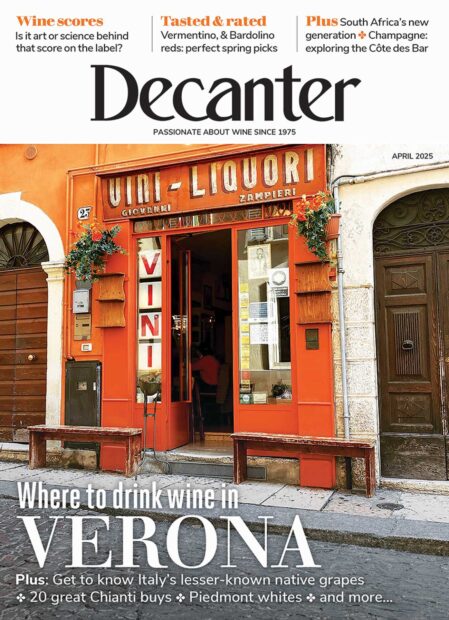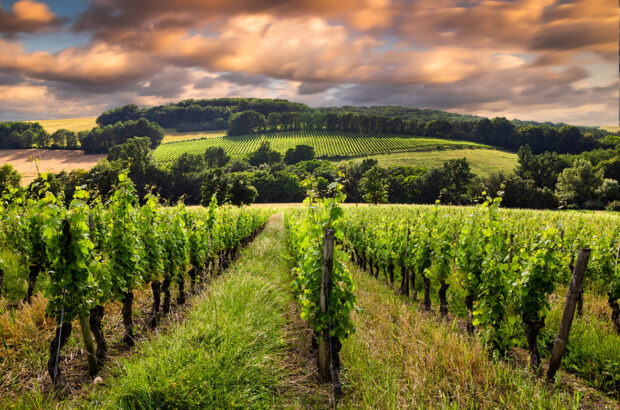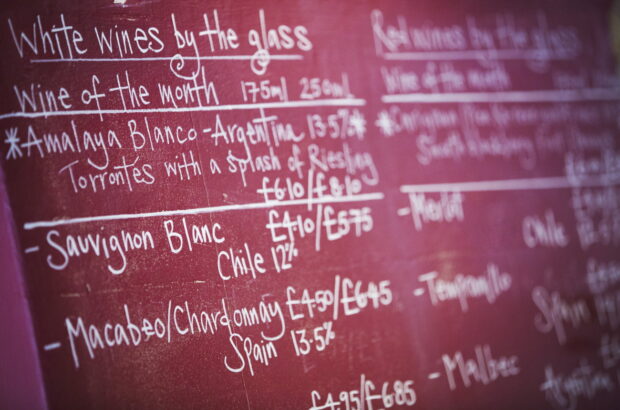It’s a practice that has been authorised since at least the 1930s-era appellation rules, but including white grape varieties in Châteauneuf-du-Pape red blends has new impetus.
Winemakers in the famous southern Rhône appellation say that warmer conditions linked to climate change mean higher alcohol levels that could threaten freshness in the glass.
One of those involved, Domaine de la Charbonnière, saw alcohol hit 16% abv in its Cuvée Les Hautes Brusquières 2016, for example.
Domaine co-owner Véronique Maret said that she intends to blend small amounts of Bourboulenc and Clairette into her reds, starting in about four years from now.
‘The white grapes will bring more acidity, and we would not harvest them at high alcohol levels,’ she told Decanter.com.
Other estates have also planted white grape varieties, including Bourboulenc, Picpoul, Picardin and Clairette, in order to blend into red wines.
Michel Blanc, president of the federation of Châteauneuf-du-Pape producers, said that consumers and producers were accustomed to the southern Rhône’s very warm and dry weather.
‘But climate change compels us to be more careful about balance, between acidity and alcohol and tannin and grape ripeness,’ he said.
Out of some 290 Châteauneuf producers, he believes that more are planning to blend white grapes into their reds but he was unable to provide a specific figure.
Maret said that co-planting white grapes among the reds in the vineyard, and then macerating and fermenting them together, will make the blends cohesive and stop colour being ‘adversely’ affected.
Laurence Féraud, of Domaine de Pégau, already uses white varieties in his red blend and said that this improves complexity.
She praised ‘the range of flavours, [and] the balanced structure with some elegance, acidity and saltiness’ that comes from the white grapes.







